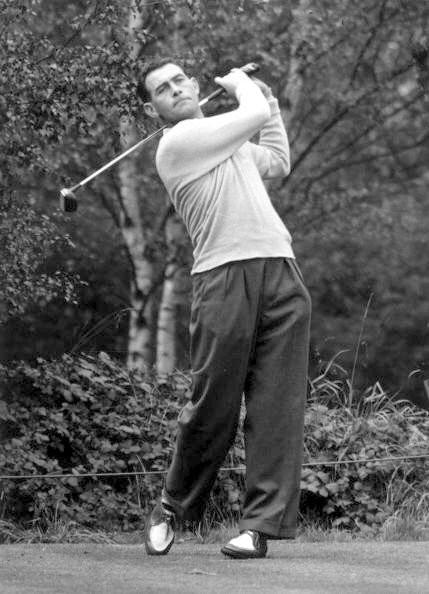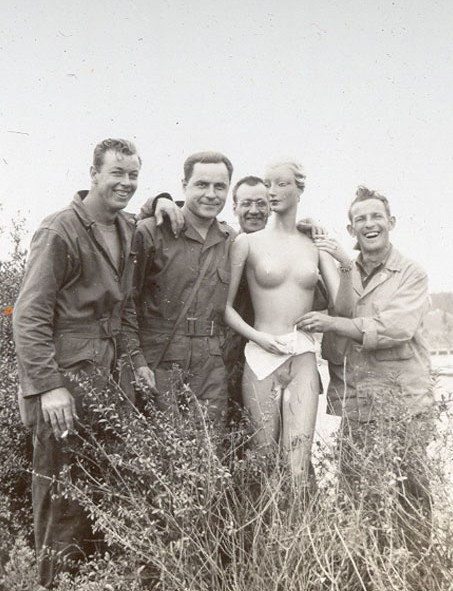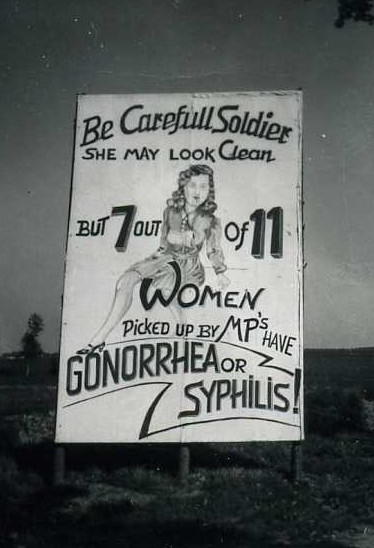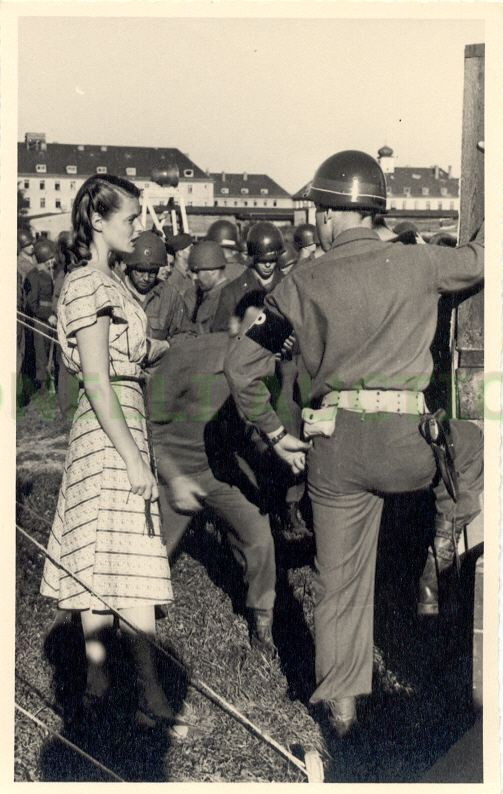Fragments
The labor of historians is much like
the passion of fishermen. You cast the line at a promising spot in
search of something worthy of taking home and then hope and then
pray. There is always the anticipation that the next cast will
bring up the trophy ready for the frying pan or, better yet, the
wall in the den. You study the bass as they loll in the reeds, then
surface to strike and dive for the submerged tree roots. You regard
the quarry, change the fly, measure the cast and play the lure … the
strike, the dive and the line goes tight then suddenly slack;
mosquitoes bite at your neck, dragonflies drift in the still air,
the sun goes low in the trees.
Fishing and history
are hobbies united by full measures of anticipation and
frustration. Regardless of what you bring home, there is always the
feeling that the best one somehow got away. From the New York Times
and wire services, some of the ones that got away and remain deeply
hidden in the reeds.
Shootings - Mayhem … and Golf
G. I. Stabs 6 Germans
2 Jan. 1965
Bad Kissingen Germany UPI An
American soldier knifed six Germans today in a restaurant near here,
the police said. PFC Gary L. Stone “ran amok” when he was ordered
to leave the restaurant after he fought with another G.I., according
to police. Seized by authorities, he was transferred to an Army
stockade. Two of the Germans were admitted to a hospital.
***
Who knows if this guy was in the 14th
Cav or some other unit at Daley? Luckily, the name is so common
that the chances of finding him are slim and, what would you say if
you did make contact? “Hey, remember the night you went crazy in BK
… what was up with that?!!” This is probably one of those stories
best left untold.
Golfer’s Aces Go Together
7 June 1959
Bad Kissingen Germany AP
CPT William E. King of Durham, NC, aced
the 150 - yard fifth hole of the Bad Kissingen golf course for the
second time today. Last Saturday, using a 5 iron, the captain who
is serving with the United States Army in Germany, scored a hole -
in - one. Today, he repeated.
Finally! A short,
happy and interesting story! Who was this dead eye golfer and what
was he doing in BK in the late 1950s? 14th Cav, some other unit,
just playing the course?? What stories could he tell and what
photos does he have stashed in his attic? Does he hang around the
19th hole at his current club and in retirement, bore the guests
with tales of his mastery of the 5th at BK or was that just an
average week for a scratch golfer?
We tried every
search engine and every combination of key words and were foiled by
the absolute numbers of “William E. King ‘s” found in the United
States. Short of making 300 phone calls, this story also goes
unexplored. Any of you guys from the 14th ACR recall CPT King, the
guy who owned the course at BK and really seemed to have too much
time on his hands?

Fore!!!!!!!!!!
German Girl a Suicide
9 June 1946|
Frankfurt am Main AP
Dies in U.S. Soldier’s Quarters near
Bad Kissingen
A 17 year old German girl was found
shot through the head Thursday in an American enlisted man’s billet
near Bad Kissingen the Army announced tonight. She was the fifth
German girl to die in a soldier’s quarters within a month.
The theatre provost marshal said that
the girl, an employee of the American Red Cross, was alone at the
time of the shooting and declared: “She is alleged to have shot
herself.”
According to the official report, the
girl went to the billets looking of CPL Woodrow M. Kemp, whose home
address was not given. Kemp was away at the time, the report said.
She then entered the room of PVT Richard E. Chappell, where she
apparently shot herself through the head with a .45 caliber pistol.
***
I spent a lot of time on this and came up empty. First hand
recollections from the occupation period in Bad Kissingen have
become very difficult to find. If you were 19 in 1946, you are well
into your 80s today. Scanning the Social Security National Death
Index for the names of Woodrow Kemp and Richard Chappell revealed
that both men are deceased. Through obits published in their
hometown newspapers, next of kin might be found I guess, maybe they
recall something, maybe they’d rather not.
The Saale Zeitung had not yet returned
to printing so soon after the end of the war and with BK firmly in
US control, I doubt there was much independent coverage of this
tragedy. I spoke to the Red Cross historian, she doubted they had
any records and was sure she had no time to search.
While researching another story, I did
discover a few more facts related to this tragic event. The Times
had edited the AP story probably for brevity and a few details were
lost. The complete story reported that the name of the German girl
was Doris Krath, the location was a building used to billet troops
of the 3rd Battalion, 15th Infantry, 3rd ID and the town was
Mellrichstadt.
The figure of five dead German girls
in US billets probably refers to a total for the whole of the
American occupied portion of Germany. The unedited AP story added
that three of these deaths were suicides brought on by the soldier
receiving orders to return to the US and one death accidental. The
issue of trooper and German girl fraternization was certainly
problematic in the first years after the war.
| |
 |
|
 |
|
| |
The issue was fraternization
in post war
Germany and boys will be boys … |
|
The chain of command did all
that it could …
|
|
| |
 |
|
| |
An unhappy German girl and a trooper
with a pistol
on his hip too often led to tragic results |
|
|